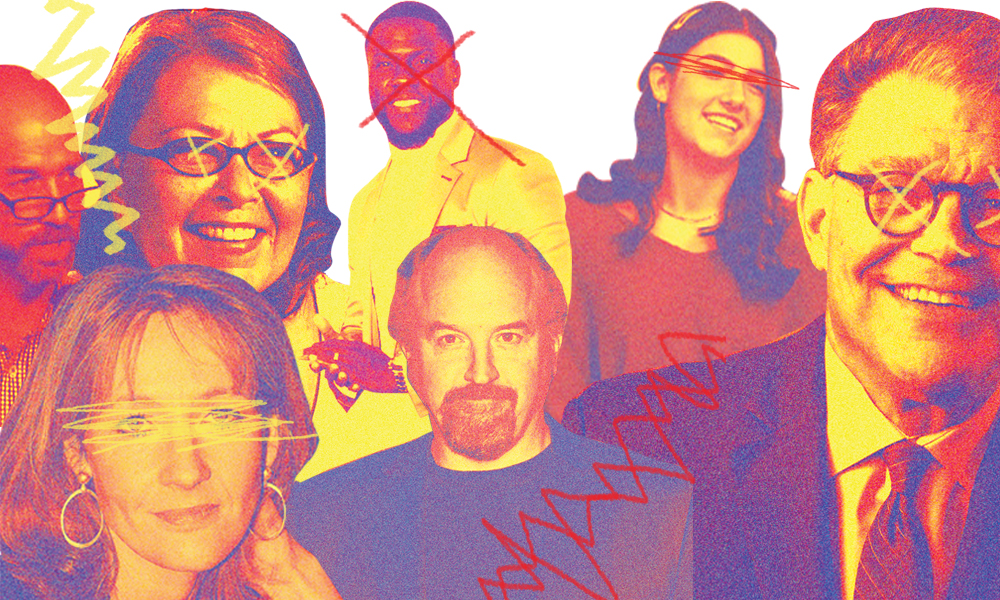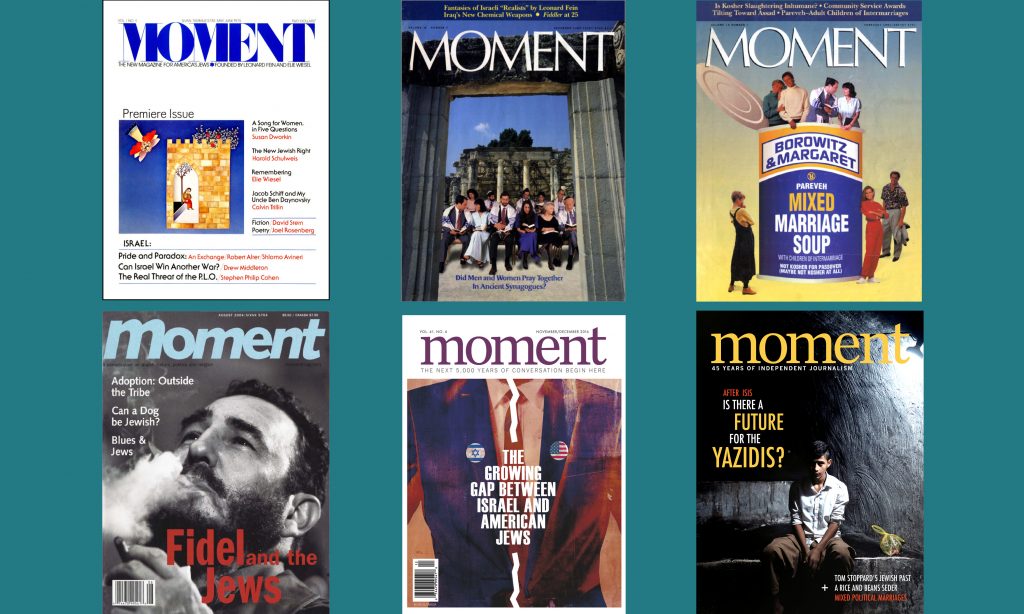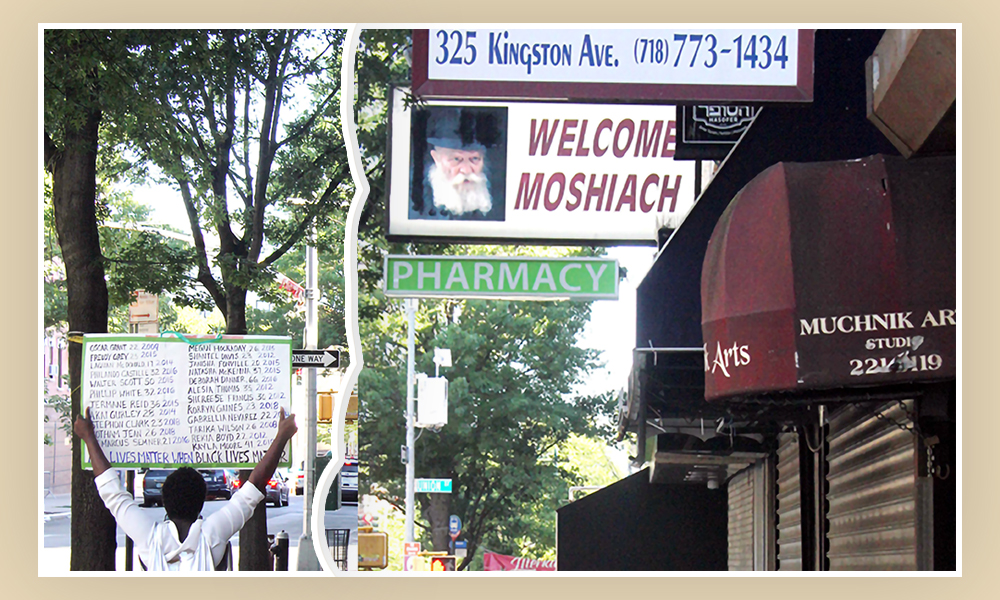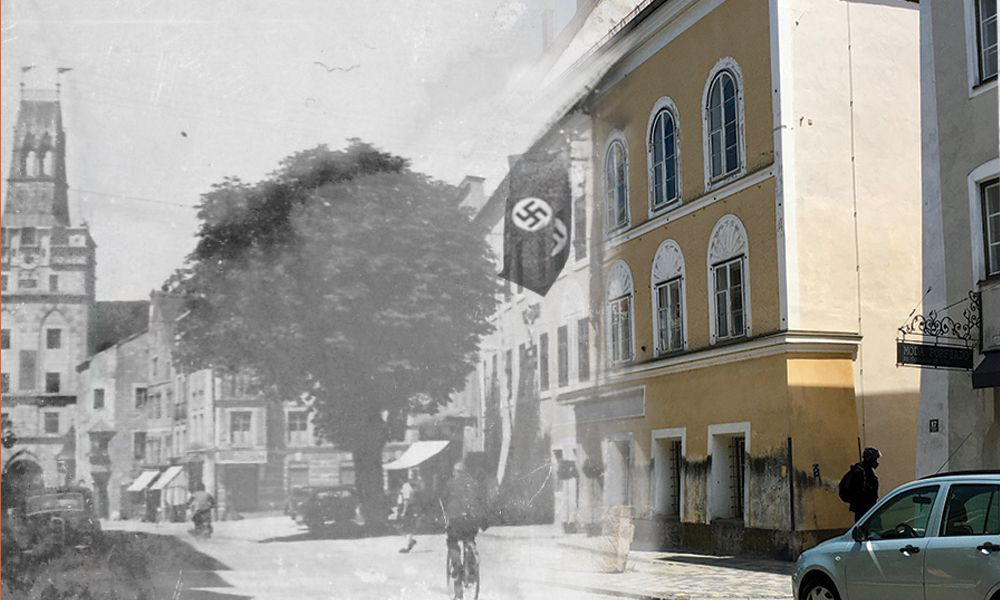All Returns Accepted
by Sala Levin
Religious seekers are as old as religion itself. But it wasn’t until mid-20th-century America that there was a full-fledged, organized movement of Jews who moved from less observant to more observant—and a name for them. Behold, the birth of the baal teshuvah.
Baal teshuvah emerged as the term of art for newly devout Jews in the mid-20th century. A survey of books written between 1930 and 2008 shows its usage appearing in 1960 and sharply increasing from there. The name has its roots in the Talmud: “Rabbi Abahu said, ‘At the level where stand baalei teshuvah [plural], even the completely righteous cannot stand.’” This is interpreted to mean that someone who has transitioned from a more lenient lifestyle toward stricter observance is even holier than someone who’s lived a purely righteous life.

There are various ways to translate baal teshuvah. Two common translations are “master of repentance” and “master of return.” Baal teshuvah isn’t the only term used to describe someone who “returns” to Judaism. Matthew Williams, a Ph.D. candidate in Jewish studies and education at Stanford, also notes the use of the term chozer b’teshuvah, meaning “returning to return” or “returning to repentance,” which is popularly used in Israel.
The baal teshuvah movement had tentative beginnings in the United States of the 1940s and ’50s. Many Orthodox Jews who came to the United States around the time of World War II “didn’t really want to be here—they saw it as the treife medinah [unkosher state],” says Williams. Some attempted to divorce themselves entirely from mainstream American culture. In 1942, just a year after arriving in the United States, Rabbi Aharon Kotler—born in the 1890s in Minsk—founded a yeshiva, now the country’s largest, in Lakewood, New Jersey. Kotler’s vision for the yeshiva was a bastion for young men who would reject the American dream of material wealth and focus instead on studying Torah and living a Jewish life.
Kotler’s anti-assimilationist tendencies found a kind of successor in the counterculture movement of the 1960s. Some young Jews, many of whom were involved in the civil rights and anti-war movements, “perceived their parents and the established Jewish community at that time to be embarrassed about being Jewish,” says Williams. A newfound interest in identity politics and ethnicity made young people curious about their familial heritage. This, combined with a widespread interest in spiritual movements, spurred investigation of traditional Judaism. Another factor that influenced a return to religion: the prevalence of LSD. “People were walking around having God experiences,” says Williams. “It wasn’t some distant fantasy—faith was very real and tangible to a lot of people who had been on acid.” Furthermore, Israel’s seemingly miraculous victory in 1967’s Six-Day War “gave Jews something to believe in.”
The movement took more formal shape both in the United States and in Israel. Outreach centers soon sprang up in the United States, and yeshivas spread the phenomenon in Israel by catering to seekers. The mission of the Chabad-Lubavitch branch of Hasidism was (and still is) to encourage non-observant Jews to become more observant. The first campus Chabad house opened in 1969 at UCLA, offering a community center for Jewish students that served up Jewish customs along with a home-cooked meal. Aish HaTorah, perhaps the best-known organizational practitioner of kiruv, or bringing non-observant Jews back into the religious fold, came into existence in 1974 in Jerusalem. Esther Jungreis founded the organization Hineni—like Aish HaTorah, intended to bring Jews closer to traditional Judaism—after renting out Madison Square Garden in 1973 to speak about the importance of living Jewishly.
There is no one definition of a baal teshuvah, although it is used nearly universally to describe Orthodox Jews. Some begin as completely secular Jews and move toward complete observance; others may have grown up keeping kosher only at home and eventually eat exclusively at kosher restaurants. Some become modern Orthodox; others become ultra-Orthodox or Hasidic. Sarah Benor, author of Becoming Frum and professor of contemporary Jewish studies at Hebrew Union College-Jewish Institute of Religion in Los Angeles, divides baalei teshuvah into two categories: those who “hyper-accommodate”—meaning fully immerse themselves in the language and culture of Orthodoxy—and those who act with “deliberate distinctiveness” to maintain elements of their pre-Orthodox identity: wearing stylish sunglasses along with their black hats or incorporating mainstream slang into their Orthodox-influenced speech.
Some regard this between-two-worlds aspect of baalei teshuvah with suspicion. Williams notes that baalei teshuvah are often considered poor matchmaking prospects. Some may use the term baal teshuvah as a pejorative, to question their sincerity or commitment. Shmarya Rosenberg—who grew up in a Conservative household, found himself drawn to the Chabad-Lubavitch movement as a young adult, and then abandoned Orthodoxy—until recently ran a blog called FailedMessiah, which skewered the ultra-Orthodox community for real and alleged failings. In a 2011 post, titled “The Arrogance Of A Ba’al Teshuva,” Rosenberg describes the baal teshuvah in question as “a smug, offensive, patronizing person” for seeming to question the religious knowledge of two recently converted Russian immigrants to Israel.
Others have publicly and proudly embraced their self-identified baal teshuvah status. Last year, the actress Mayim Bialik wrote in a post on the Jewish parenting website Kveller, “I am technically a baal teshuvah…It’s not always simple to figure out where Orthodoxy and modernity meet, but things are not like they used to be. The world of Orthodoxy is broad and colorful and there is a lot of beauty in it.”
Those who have their “come-to-Hashem” moments aren’t the only ones who get a special name. OTD, an acronym for “off the derech,” meaning “off the path,” is a popular term for no-longer-pious American Jews. Israeli Jews who become less observant are sometimes called datlash, an acronym for dati l’sheavar, or “formerly religious”; another Israeli term for the same phenomenon is chozer b’sheelah, or “return to question”—perhaps the most Jewish trait of all.













